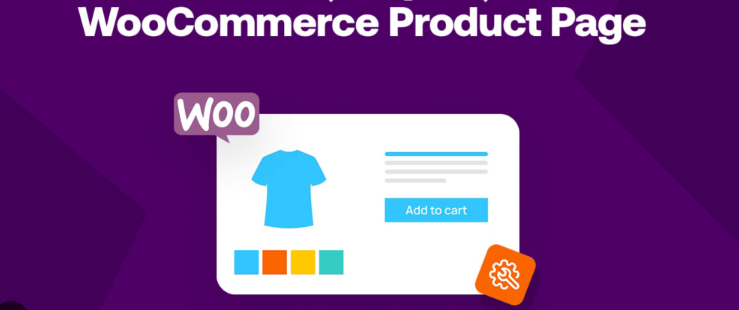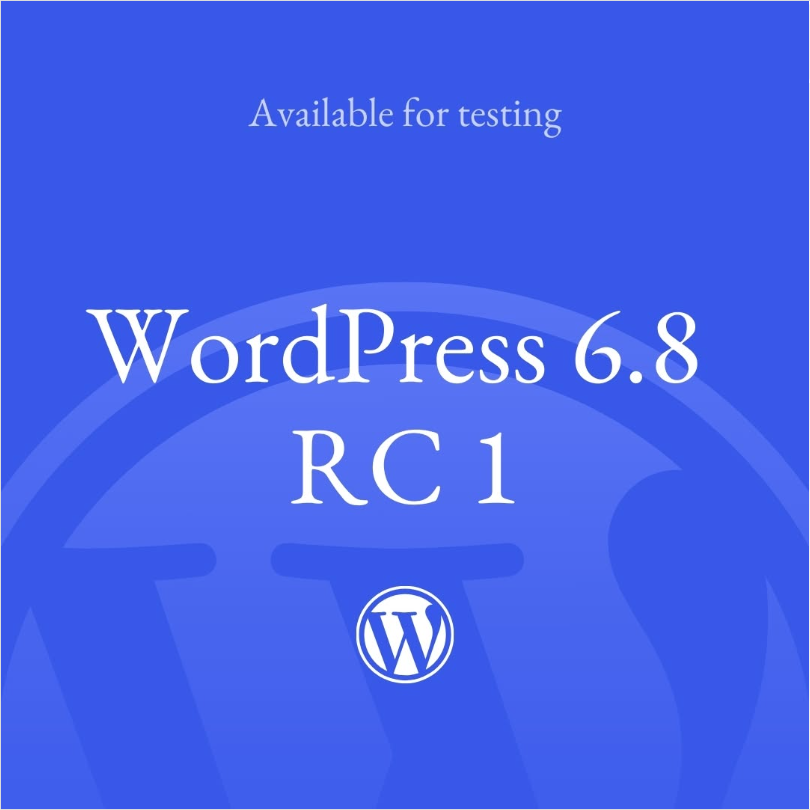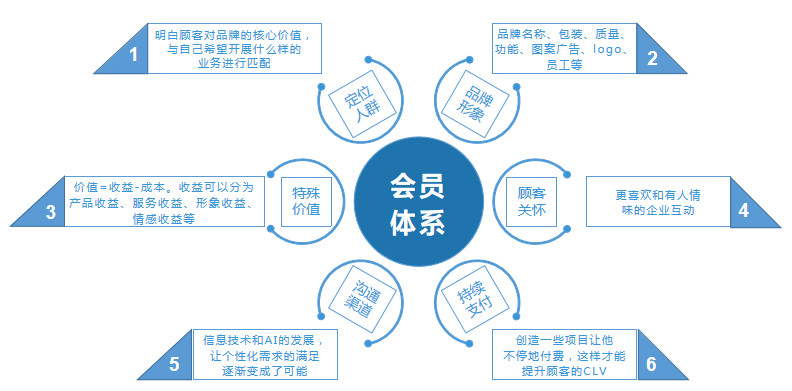Open Source CMS(Content Management System) is becoming increasingly popular among e-commerce entrepreneurs. Compared to custom development or SaaS platforms, it costs less, has more freedom, and can adjust its functionality according to demand. So, is it reliable to build an e-commerce website with an open source CMS? Which system is more suitable for SMEs? This article will take you through the real performance of WooCommerce and PrestaShop in terms of stability, scalability, security and maintenance.
![Image [1]-open source CMS e-commerce building station full analysis: WooCommerce and PrestaShop comparison](http://gqxi.cn/wp-content/uploads/2025/10/20251020135909414-image.png)
First, why more and more businesses choose open source CMS
The e-commerce industry is highly competitive, enterprises need to consider cost, functionality, scalability and many other factors when building a website. The advantages of open source CMS fit these needs:
- Free to use and save on your website building budget
Open source CMS such asWordPressThe systems themselves, such as PrestaShop and OpenCart, are free, and companies only need to pay for hosting and domain name costs to get started. Compared to SaaS platforms with high monthly subscriptions, this approach is more cost-effective. - Height can be customized
Merchants can install plug-ins, themes or develop their own modules according to their needs. For example, WooCommerce supports thousands of extensions, from payment gateways to logistics tracking. - Active community support
A large number of developers around the world contribute code, plugins and documentation to these systems. When problems are encountered, solutions can be quickly found in the forums or on GitHub.
Second, the mainstream open source e-commerce system comparison
1. WooCommerce: The flexible first choice for small and medium-sized businesses
![Image [2]-open source CMS e-commerce building station full analysis: WooCommerce and PrestaShop comparison](http://gqxi.cn/wp-content/uploads/2025/10/20251020135952899-image.png)
WooCommerce is an e-commerce plugin for WordPress with a global market share of more than 30%. Its biggest advantage is its ease of use and friendliness to non-technical users.
Features:
- Products, orders, and inventory can be managed directly from the WordPress backend.
- Support multi-language and multi-currency, suitable for cross-border sellers.
- The plugin is very ecologically rich and can be integrated with SEO optimization, membership system, coupon management and other features.
- High compatibility with tools such as Elementor and Rank Math, which is good for SEO and marketing promotion.
Suitable objects:
Individual sellers, small brands, cross-border independent website startup teams.
Insufficient:
When the number of products and visits are large, the performance may be degraded, which needs to be optimized with a caching plugin or CDN.
2. PrestaShop: Europe's leading professional-grade open source system
![Picture [3]-open source CMS e-commerce station full analysis: WooCommerce and PrestaShop comparison](http://gqxi.cn/wp-content/uploads/2025/10/20251020140026970-image.png)
PrestaShop originated in France and is commonly used by European e-commerce companies toCMSOne of them. It favors specialization and multi-store management over WooCommerce.
Features:
- Comes with comprehensive catalog, tax, inventory and invoicing features.
- The backend interface supports complex multi-language, multi-currency and multi-store configurations.
- Strong data reporting capabilities to easily analyze sales trends.
Suitable objects:
Medium-sized enterprises, B2B platforms, internationalized sellers.
Insufficient:
The backend operation is relatively complex, and newcomers need time to familiarize themselves with it; the number of themes and plugins is less than that of WordPress Eco.
3. OpenCart: lightweight but full-featured
![Image [4]-open source CMS e-commerce building station full analysis: WooCommerce and PrestaShop comparison](http://gqxi.cn/wp-content/uploads/2025/10/20251020140047382-image.png)
OpenCart is known for being lightweight and quick to install. It is a good choice for entrepreneurs who are looking for a clean backend and a lower technical threshold.
Features:
- Easy to install, with a clear backend interface.
- Multi-store, multi-language and multi-currency support.
- provide the basisSEOsettings and hundreds of free plugins.
Suitable objects:
Small and medium-sized merchants, start-up e-commerce.
Insufficient:
Backend interface has limited customization capabilities; advanced features often require the purchase of extension modules.
III. Security and maintenance: open source does not equal vulnerability
Some people worry that open source systems are insecure, but in fact, with good basic maintenance, they are perfectly secure to commercial-grade levels.
Critical maintenance measures:
- Regularly update the system with plug-ins: Most security vulnerabilities come from older versions.
- Installation of security plug-insAsWordfence, Sucuri, which monitors malicious access in real time.
- Using SSL Certificates with Strong Passwords: Secure transactions and user data.
- Make a backup.: Adopt automatic backup mechanism to avoid accidental data loss.
Businesses that lack technical staff can opt for managed services or use hosting solutions with security hardening.
IV. Performance and scalability
As business grows, e-commerce sites need faster loading speeds and higher concurrency. Open source systems also have mature optimization solutions in this regard.
Ways to improve performance include:
- Use a CDN (Content Delivery Network) to reduce loading delays.
- Enable the caching plugin (e.g.LiteSpeed Cache(or WP Rocket).
![Picture [5]-open source CMS e-commerce building station full analysis: WooCommerce and PrestaShop comparison](http://gqxi.cn/wp-content/uploads/2025/10/20251020140158199-image.png)
- Upgrade to a VPS or cloud server to support higher access.
- Optimize the database structure and clean up useless data.
WooCommerceIntegration with external systems such as ERP, CRM or logistics tracking platforms is possible with the help of REST APIs, while PrestaShop enables real-time order synchronization via Webhooks.
V. Future trends: AI and headless e-commerce
Open source CMS are entering the intelligence phase. More and more plugins and modules are introducing AI technology for:
- Intelligent product recommendations to increase conversion rates.
- Automatically generate product descriptions and SEO titles.
- Intelligent customer service bots answer frequently asked questions.
At the same time, the Headless Commerce model is emerging - i.e., separating the front-end from the back-end. both WooCommerce and PrestaShop have support for REST APIs, which can be combined with the React or Vue front-end frameworks to enable faster loading and more flexible interface design.
VI. Conclusion: choosing the right open source system is the key
Building an e-commerce site with an open source CMS is a solid and flexible choice.
- If you want to get started quickly, have a lot of plug-ins yet easy to use.WooCommerce It's good option;
- If you need to manage multiple stores or plan to do cross-border e-commerce, thePrestaShop More appropriate;
- If you want the system to be lightweight and resource-efficient.OpenCart It's a good choice.
The key is to pick one based on your team size, technical capabilities and target market. With regular system updates, attention to security settings, and performance optimization, theOpen Source CMSFully capable of supporting a stable yet professional e-commerce website.
Link to this article:http://gqxi.cn/en/78807The article is copyrighted and must be reproduced with attribution.























![Emoji[chi]-Photonflux.com | Professional WordPress repair service, worldwide, rapid response](http://gqxi.cn/wp-content/themes/zibll/img/smilies/chi.gif)
![Emoji[xigua]-Photonflux.com | Professional WordPress Repair Service, Worldwide, Fast Response](http://gqxi.cn/wp-content/themes/zibll/img/smilies/xigua.gif) [Images]
[Images]






No comments